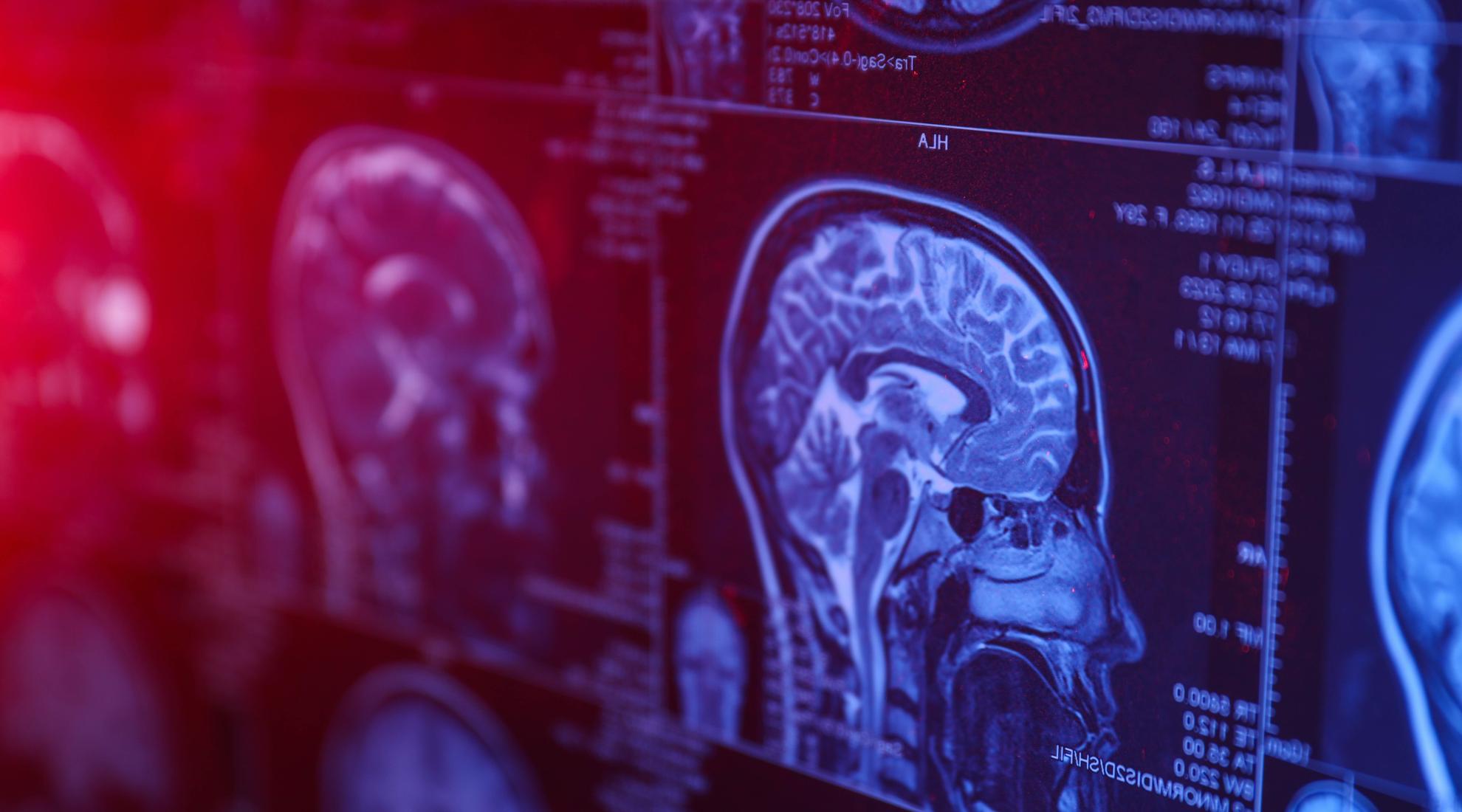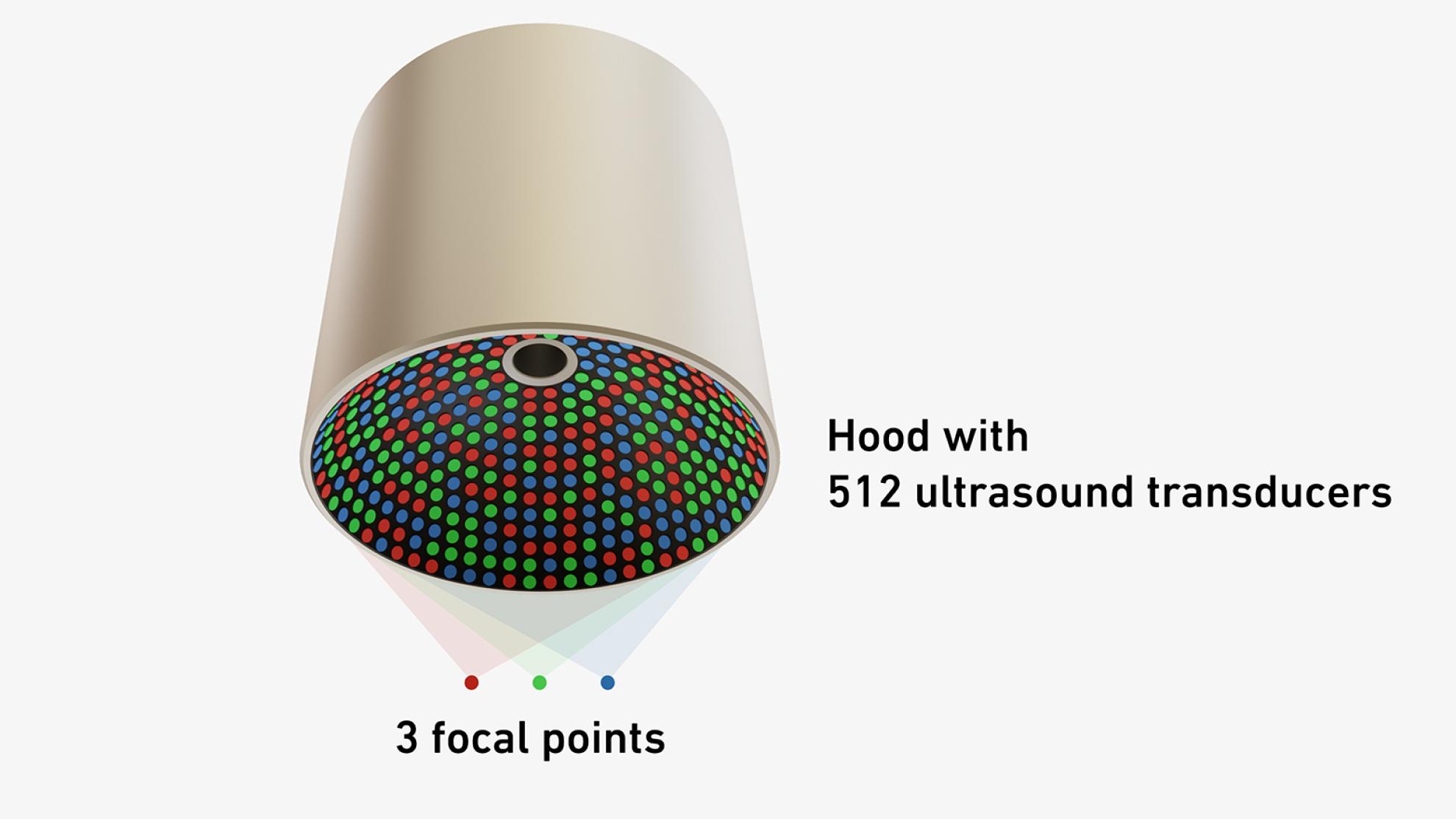New ultrasound technique enhances brain treatments

Researchers in Zurich and New York have developed a method that enables multiple brain regions to be stimulated simultaneously through the skull. This breakthrough could pave the way for safer, more targeted therapies for neurological disorders.
A team comprising researchers from ETH Zurich, the University of Zurich (UZH) and New York University has unveiled a novel ultrasound technique capable of stimulating multiple brain regions simultaneously, without the need for surgical intervention and via the intact skull. The approach utilises low-intensity ultrasound to either excite or inhibit nerve cells, representing a promising avenue for the treatment of conditions such as Alzheimer's disease, tremor, epilepsy, and depression.
A hologram in the brain
The technology in question has been described by the researchers as capable of producing a three-dimensional image similar to a hologram. It has been demonstrated that hundreds of miniature transducers emit short sound pulses which overlap to form precise focal points within the brain. This innovation enables the simultaneous targeting of up to five defined sites, thereby achieving a level of spatial precision that was previously unattainable. By activating several points simultaneously, the team can work with much lower ultrasound intensities, improving safety for the brain’s delicate tissue.
Given that the brain operates in networks, it’s easier to activate or inhibit a brain network if you stimulate it at multiple points simultaneously.
Overcoming the all-or-nothing effect
Earlier approaches suffered from what Razansky terms an ‘all-or-nothing effect’: if the ultrasound was too weak, no effect was observed; if too strong, stimulation resulted in uncontrolled excitation of the entire brain, which carried a risk of brain damage. The new methodology has been demonstrated to significantly reduce these risks while simultaneously enabling real-time visualisation of the effects within the brain.

Visualisation of hologram-like technology for treating brain regions.
Still in the experimental stage
The study, published in Nature Biomedical Engineering, focused primarily on the development and validation of the technology. To date, the experiments have been conducted on mice in a laboratory setting, with human trials yet to be conducted. The researchers emphasise that before the technique can be employed in clinical settings, it is imperative to learn how to control the intervention precisely and ensure that it is both safe and effective for treating brain disorders.




